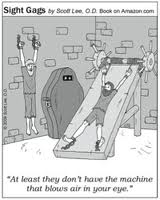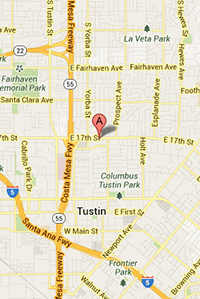Yoga and Glaucoma (Say that 5 times fast)
Glaucoma is one of the leading causes of irreversible blindness because of damage to the optic nerve when fluid pressure increases in the eye. Doctors advise patients to live healthy and active lifestyles, but there are certain activities that should be avoided by glaucoma patients like pushups and lifting heavy weights due to elevated intraocular pressure (IOP). A new study has shown the potential risk associated with various yoga positions and exercises that involve inverted poses. In this research, both normal and glaucoma patients did four yoga positions. The greatest increase in pressure was found with the downward facing dog position where you place both feet and hands on the floor while looking at the ground. “The measurements were taken after the participants retuned to a seated position and again after waiting ten minutes, the pressure in most cases remained slightly elevated from the baseline.” In previous studies, participants in the headstand position showed almost two-fold rise in IOP. It is now advised to inform and educate glaucoma patients about the risks of physical exercises like yoga, so progression of glaucoma doesn’t get worse. Many times we consider a point or two of pressure increase to be a reason to prescribe additional eye drops or to recommend a glaucoma surgery. When patients go to yoga, patients should tell their instructors their disease to modify their yoga practice.
Mount Sinai Health System. (2016, January 7). Certain yoga positions may impact eye pressure in glaucoma patients. ScienceDaily. Retrieved January 20, 2016 from www.sciencedaily.com/releases/2016/01/160107105234.htm





